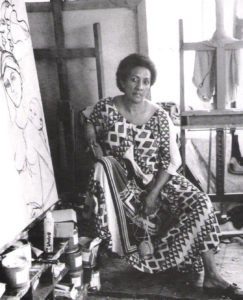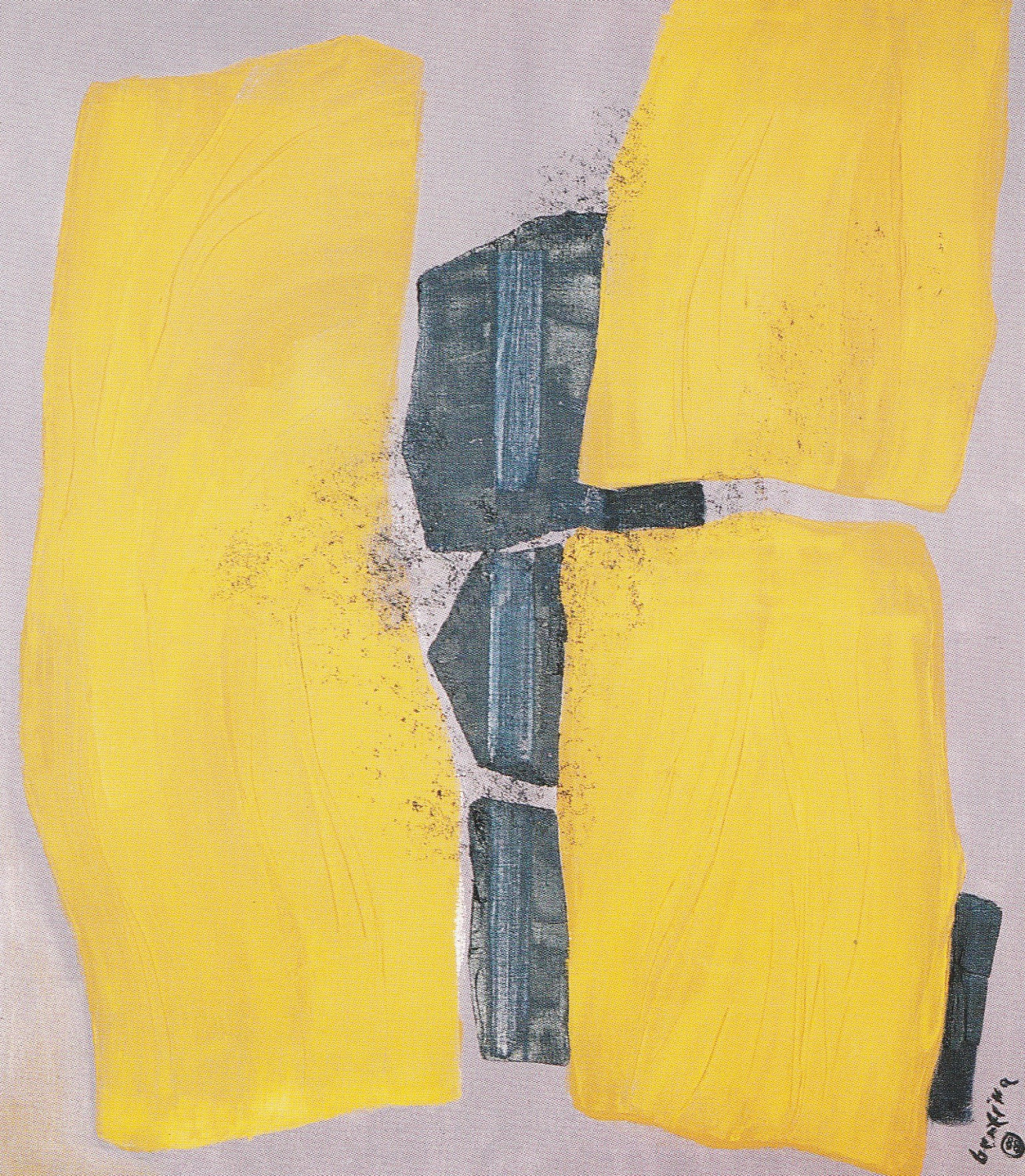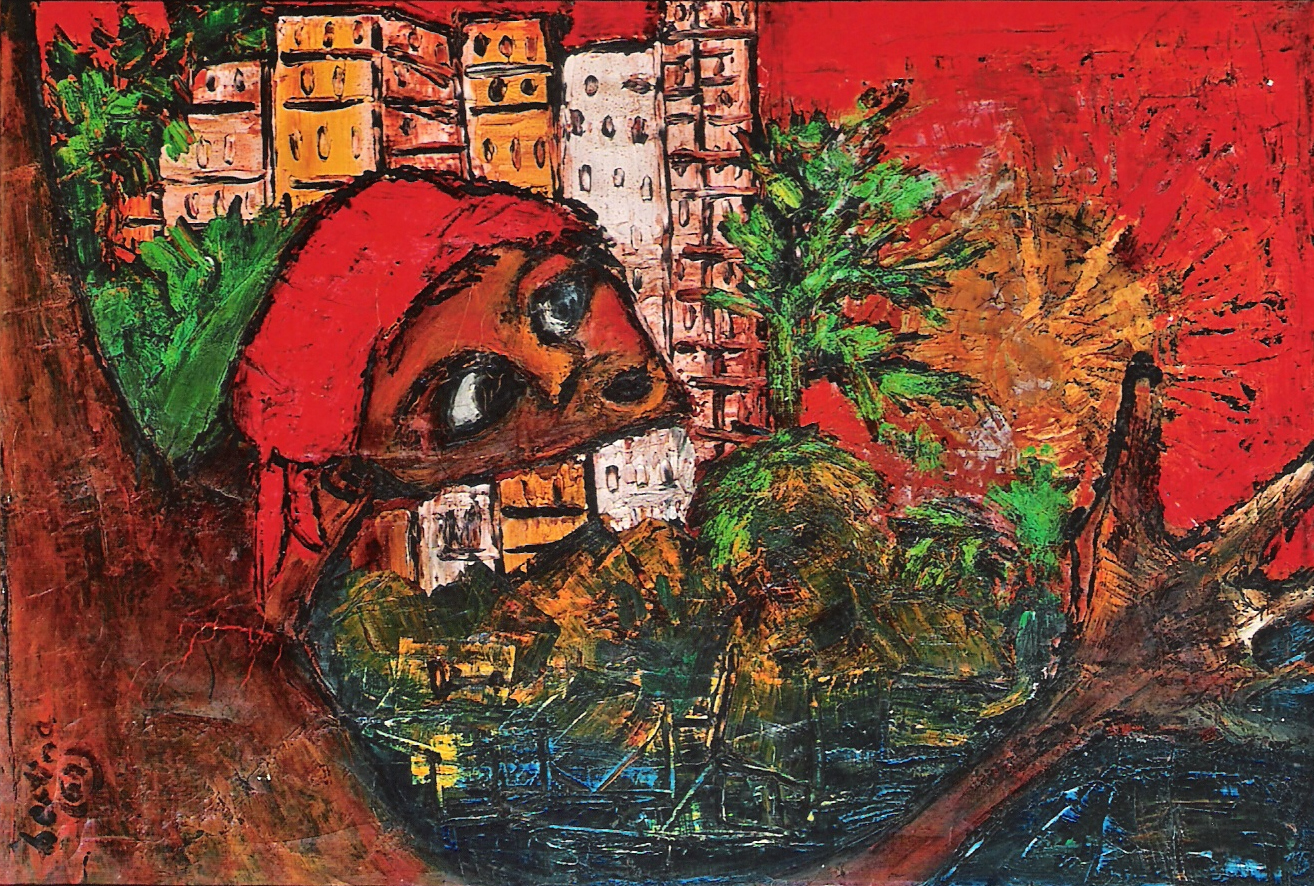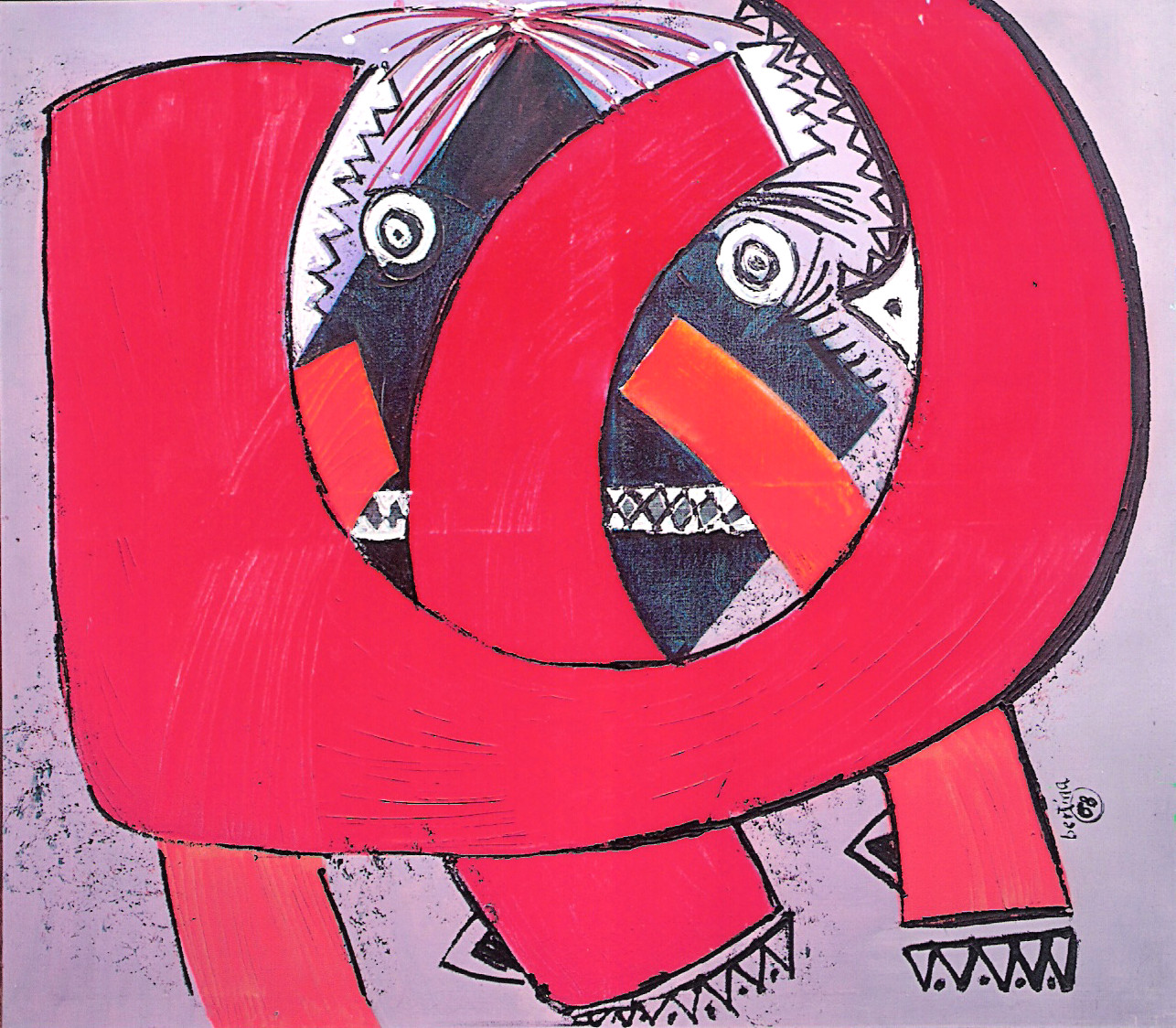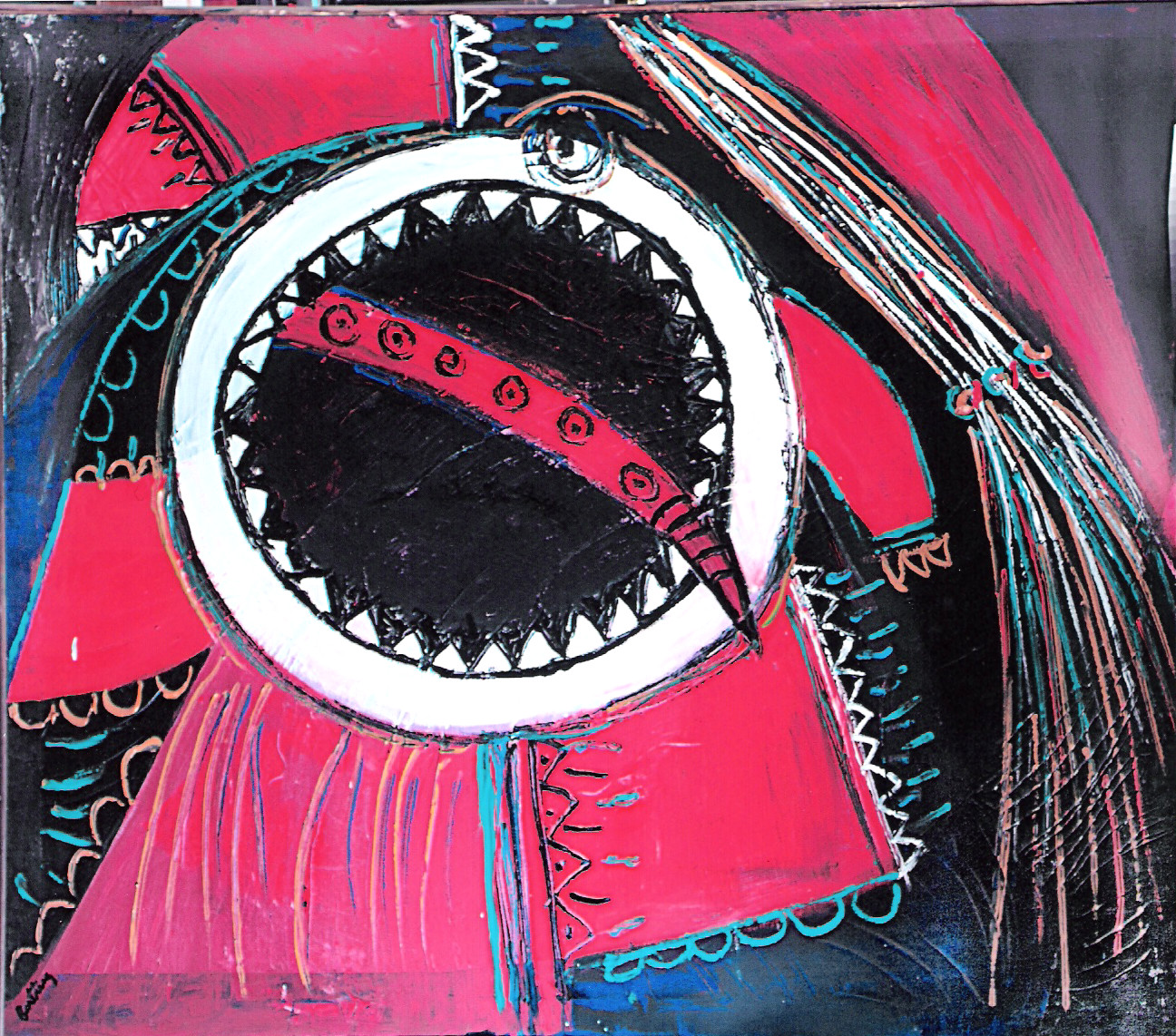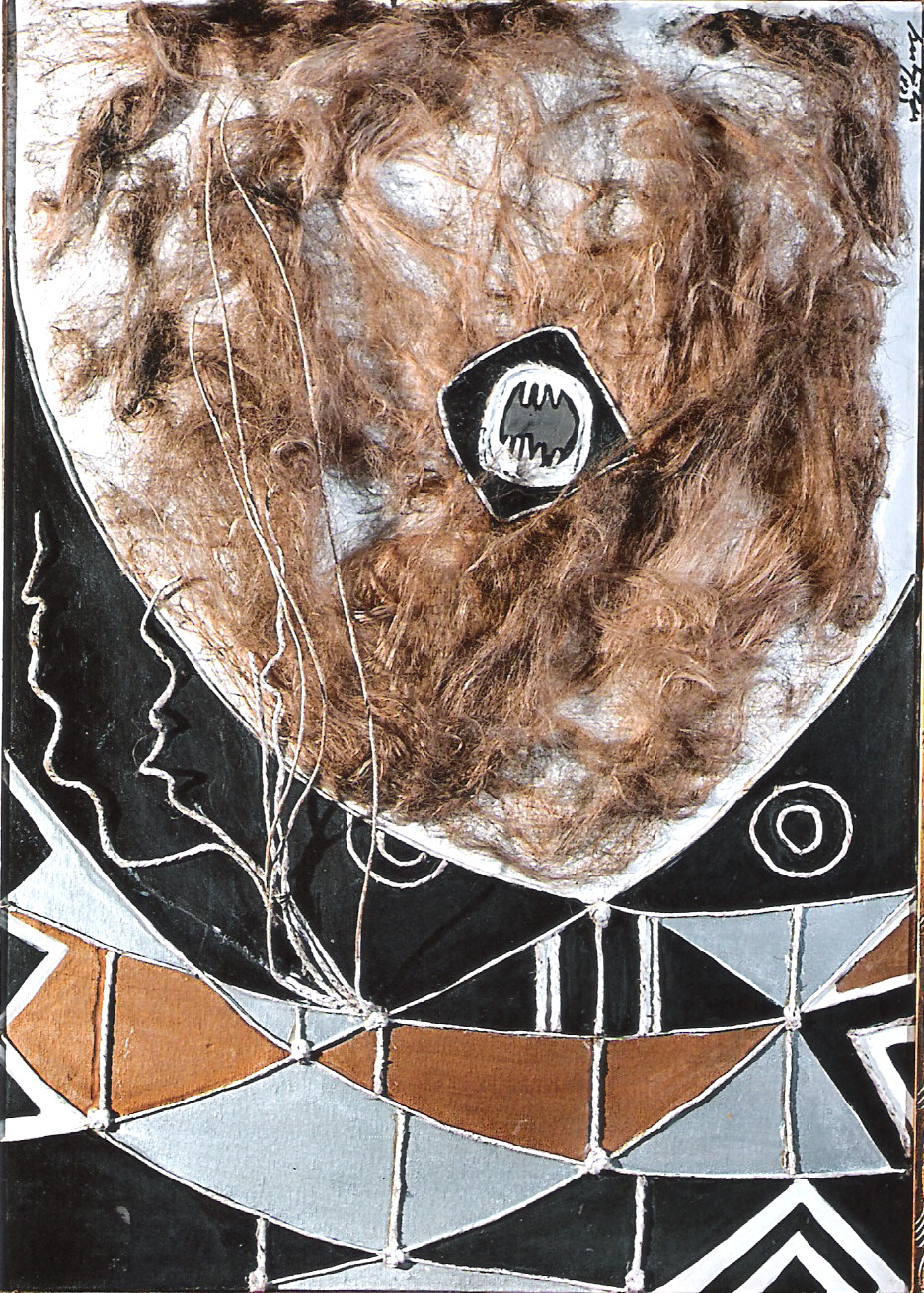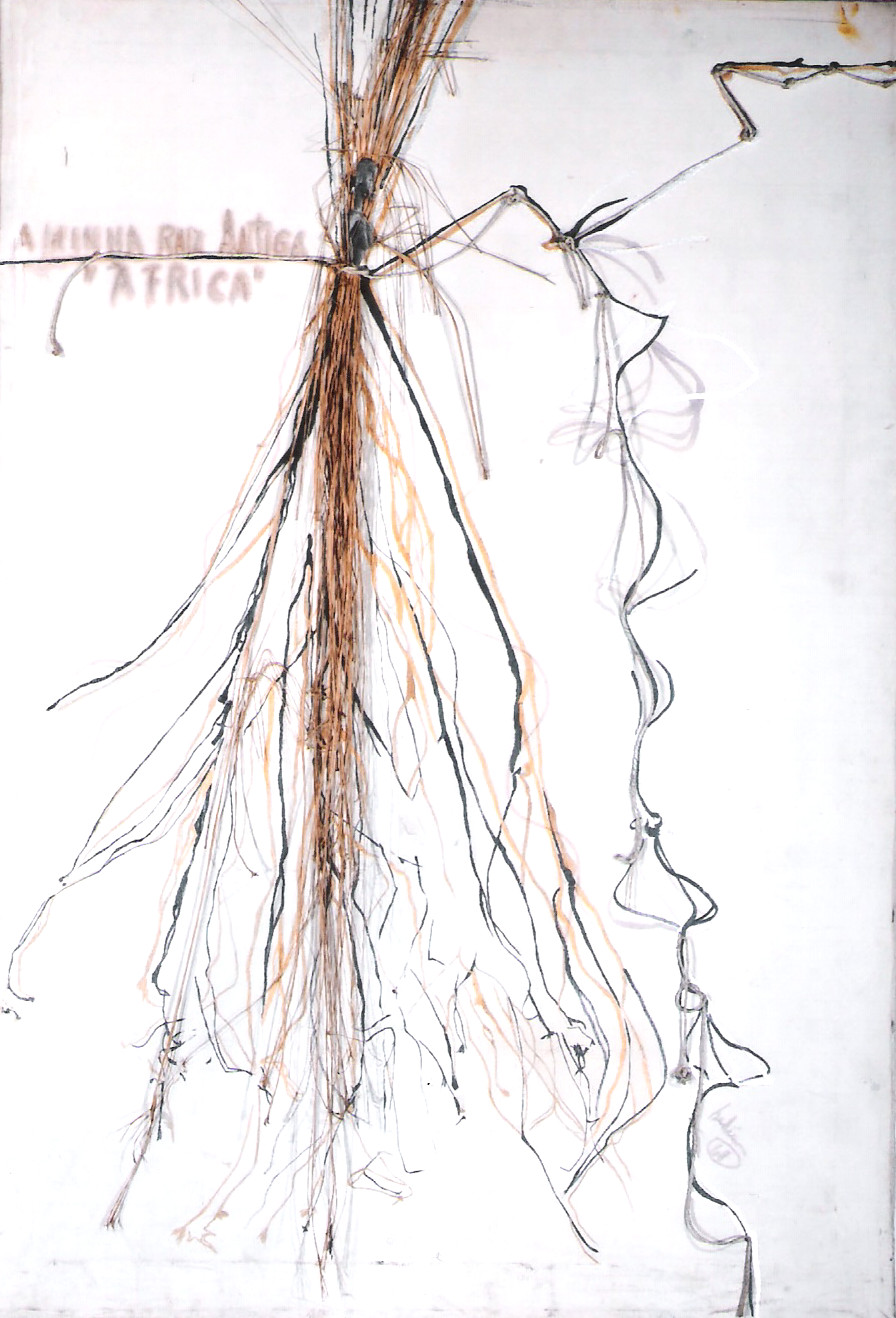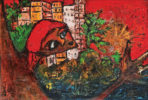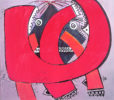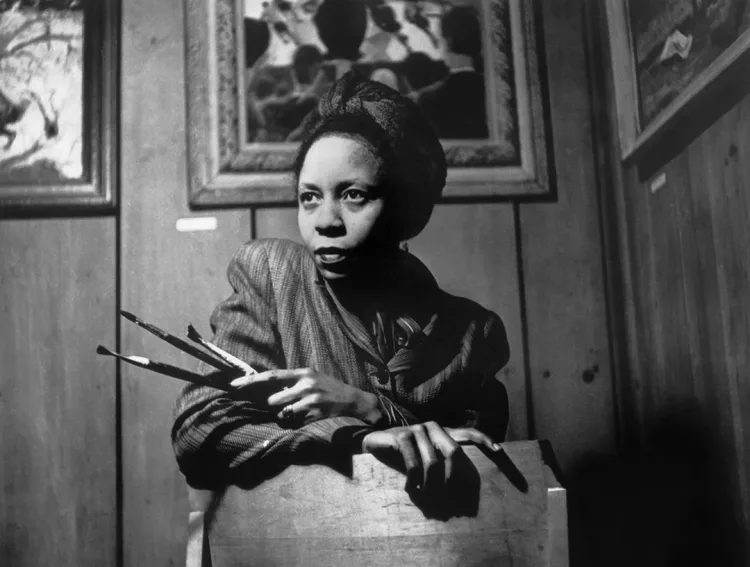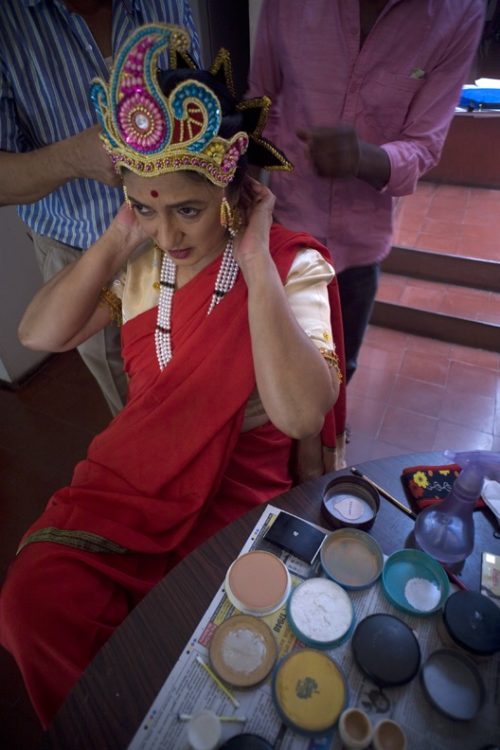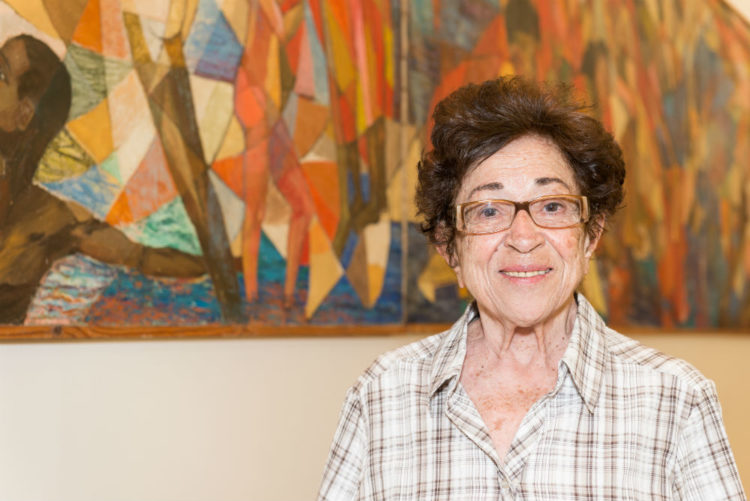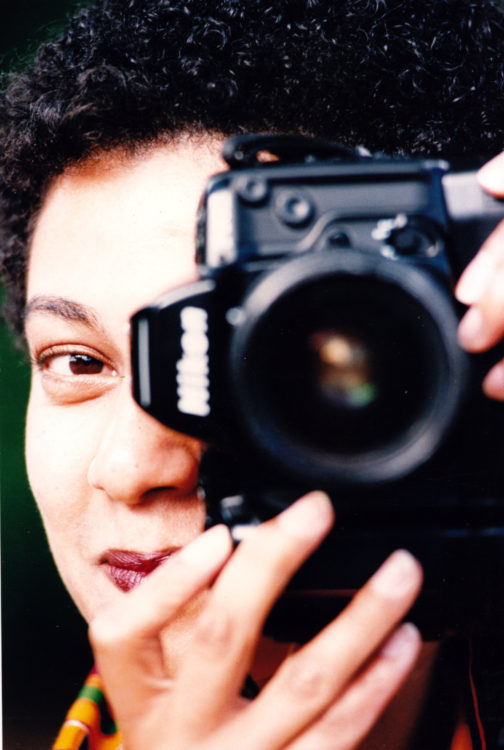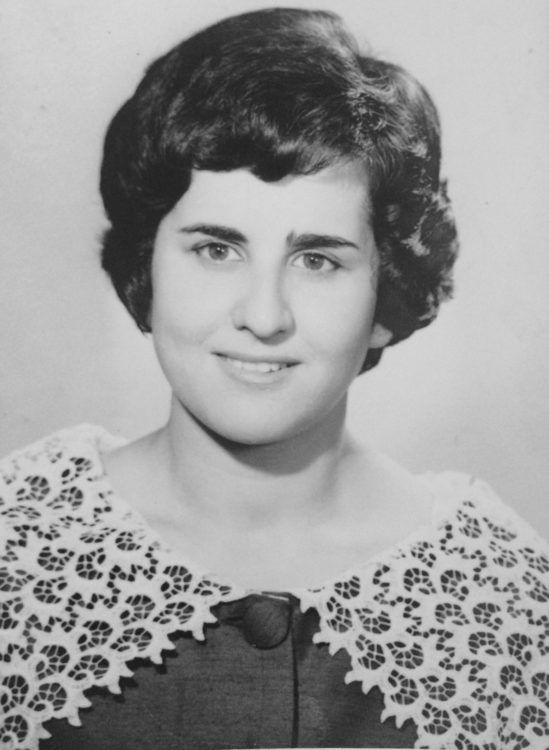Bertina Lopes
Enrico Crispolti, Bertina Lopes Dipinti e sculture 1961-2000 Una radice antica, exh. cat., Silvana Editoriale et Unione femminile nazionale, Milano, 2002
→Claudio Crescentini, Bertina Lopes Tutto (O Quasi), Palombi Editori, Roma, 2013
→Claudio Crescentini, Bertina Lopes Arte e Antagonismo, Erreciemme edizioni, Roma, 2017
Bertina Lopes, Foundation Museum Calouste Gulbenkian, Lisbona, 1972
→Bertina Lopes, Headquarters of the FAO (Food and Agriculture Organization – United Nations), Rome, 1996
→Bertina Lopes (retrospective), Museu Nacional De Arte, Maputo et Auditorium Parco della Musica, Roma, 2012
Mozambican-Italian painter.
The story of Bertina Lopes – artist, activist, and Roman by adoption – is one of the great stories in contemporary art and politics. She is considered the mother of contemporary African painting. Her mother was Mozambican from Maputo, her father a Portuguese entrepreneur. She completed her art studies locally and later in Lisbon, and returned to Maputo as a teacher in 1953, influencing local artists such as the self-taught Malangatana Ngwenya (1936-2011). In Africa the early 1960s was incandescent, with anti-colonial movements followed by national independence for many countries and B. Lopes was part of this fight. In Maputo, her contact with poets – particularly through her first husband Virgilio de Lemos with whom she had twin sons in 1955 – writers, and political activists was fundamental in forming her anti-fascist activism both in Portugal (where she returned to study and exhibit) and Mozambique.
She carried this political attitude when she arrived in Rome in 1964, thanks to grants from the Calouste Gulbenkian Foundation. She married Franco Confaloni in 1965. Rome in those years was vastly different from today; there were few educated non-European artists and B. Lopes was most probably the only African. Her biography shows it was not easy to attain recognition, especially for her abstract works: she was never represented by a commercial gallery. Her vibrant paintings reflect a double identity that would continue in her work throughout her career. Both Western art influence and African primitivism joined in a personal and explosive use of colour and content resulting in an unusual abstract construction, often mixed with found materials, which evolved into her own unique painterly identity. A stunning example is her Totem from 1979.
B. Lopes became a cultural symbol of her native Mozambique, representing the country in numerous official exhibitions worldwide as well as receiving awards and citations for her role in promoting both art and peace. Her political militancy continued throughout her entire career. It was thanks to her close friendships with Mozambique presidents Joaquim Chissano and Armando Guebuza and also with the opposing military factions of the Frelino e Renamo movements that she was able to facilitate mediation (together with the Roman Catholic lay organization “Community di Sant’Egidio”, the U.N. and others) for the peace accords in 1992, ending 15 years of civil war. In the early 1990s, there was also a definitive critical shift in artistic sensibilities, which allowed major attention to be directed toward art outside the Euro-centric realm, both in Europe and Africa. A pioneer example was the controversial exhibition Magiciens de la Terre curated by Jean-Hubert Martin at Musée National d’Art Moderne – Centre Georges Pompidou in 1989.
B. Lopes was one of the early pioneers to bridge the gap between African and European fine art and undoubtedly the first African woman to do so. Nevertheless, her work remains largely unknown even today. Her death in Rome in 2012 was followed by the creation of the Archivio Bertina Lopes, dedicated to preserving not only her artworks and her house-studio but the future of her artistic legacy thus ensuring her impact for art history.
Publication made in the framework of the Season Africa2020.
© Archives of Women Artists, Research and Exhibitions



